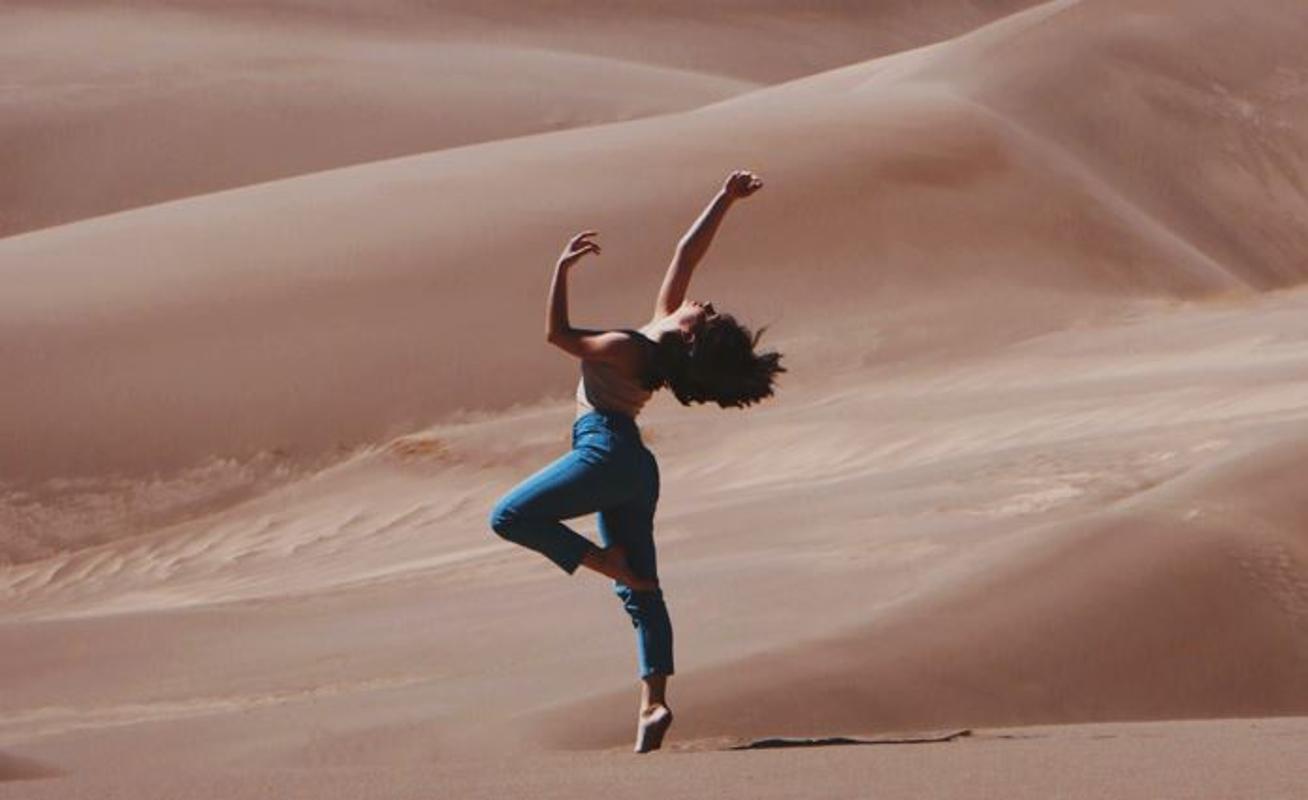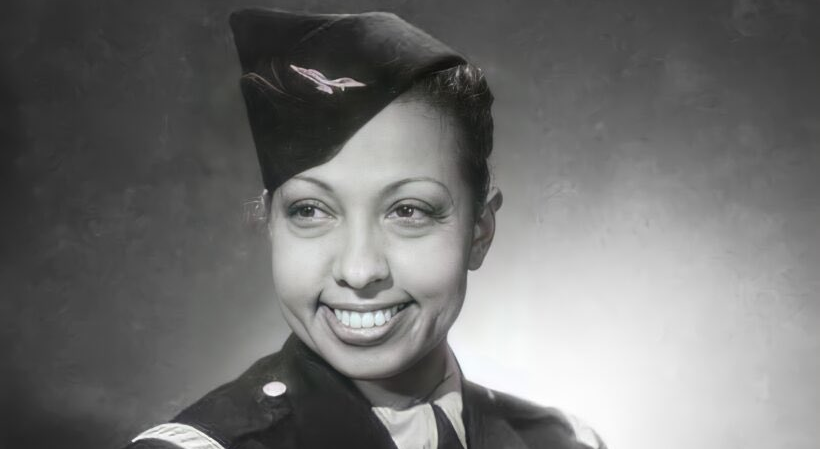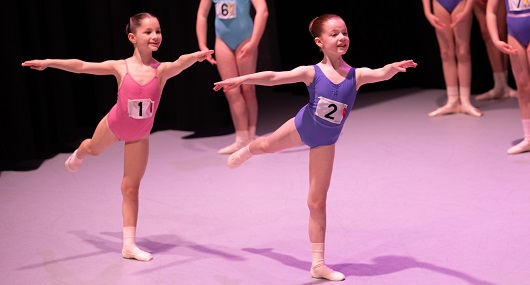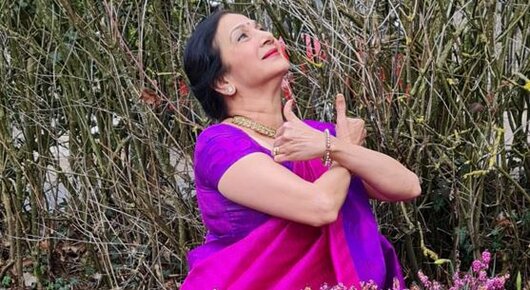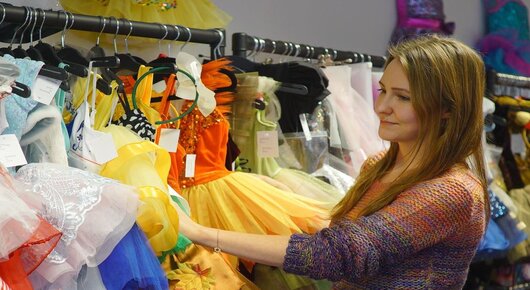18 July 2022
It's been a hot summer so far, and with temperatures rising, we thought it best to pull together some advice and resources on dancing and dance spaces during the UK heatwave.
Hydration for dancers
Water is one of the most vital, performance-enhancing nutrients dancers require, and the more energy a dancer expends, the greater their fluid needs. Fluid requirements can vary greatly from dancer to dancer, related to genetics, body size, body type, fitness levels, environment, and exercise intensity. Sweat evaporates from the dancer’s body to cool it down during physical activity.
To maintain sufficient hydration levels, fluid losses from sweat must be replaced. Dehydration not only affects the body’s ability to regulate its temperature but also has a negative effect on physical and mental performance. The dancer will no longer be able to maintain their desired level of exercise, as energy levels and performance will rapidly decline. A key indicator of hydration status is urine colour. Pale urine indicates an optimal hydration status.
CREDIT: One Dance UK’s Fluid for Dancers
Temperature and ventilation in dance spaces
- It is highly recommended that the temperature in the dance environment remains at approximately 21 degrees Celsius and should not drop below 18 degrees.
- If a heating/ventilation system is not available, then windows, fans and heaters should be used with consideration and should be monitored in order to avoid the space getting too hot or too cold.
- The dancers need to be comfortable to move safely but the effect of temperature will vary depending on the dancer’s age and weight. Dancers should be encouraged to wear layer to avoid either overheating or being cold and to drink water to support adequate hydration.
- Most important is that the dancers perform a gradual and effective warm-up and cool-down suitable to their dance style and ability.
CREDIT: One Dance UK’s Dance Spaces
How to recognise heat illness
- Dancers are regularly in challenging performance situations. Here is how you can recognise heat illness:
- Dehydration thirst
- Sweating and fatigue
- Muscle cramps
- Heat exhaustion
- Elevated core body temperature
- Dehydration
- Dizziness or lightheadedness
- Headache
- Cool, clammy skin
- Heat stroke
- High body core temperature
- Drowsiness or confusion
- Irritability, hot and wet or dry skin
- Nausea or vomiting
- Rapid pulse or heart rate
- Possible loss of consciousness
The symptoms are often the same in adults and children, although children may become floppy and sleepy. If someone is showing signs of heat exhaustion, they need to be cooled down. Heat exhaustion is not usually serious if you can cool down within 30 minutes. If it turns into heatstroke, it needs to be treated as an emergency.
How to reduce your risk
- Be aware of heat illness symptoms
- Keep hydrated
- Monitor weather and temperature conditions
- Modify activity and take more frequent breaks
- Wear clothing appropriate for the heat
- Match fluid intake with sweat and urine losses
- Use sports drinks in extreme conditions to replace electrolytes
- Use cooling fans or air conditioning
- Use ice or cold baths for active cooling of extremities
CREDIT: Dance/USA Taskforce on Dancer Health resource paper on Heat Illness and Dehydration
In case of an emergency (UK)
Call 999 if you or someone else have signs of heatstroke, including:
- fast breathing or shortness of breath
- a fit (seizure)
- loss of consciousness
- not responsive
Heatstroke can be very serious if not treated quickly. Put the person in the recovery position if they lose consciousness while you're waiting for help.
Contact 111 if you or someone else have signs of heatstroke, including:
- feeling unwell after 30 minutes of resting in a cool place and drinking plenty of water
- not sweating even while feeling too hot
- a high temperature of 40C or above
- feeling confused
You can call 111 or get help from 111 online.
Credit: NHS guidance on heat stroke and heat exhaustion. More helpful advice from the NHS can be found here.
Other useful guidance and information
- Health and Safety Executive guidance on hot temperatures and risk assessment
- EQUITY guidance on working during a heatwave in theatres and outdoor spaces
- One Dance UK Industry Standards recommends temperatures for dance spaces
